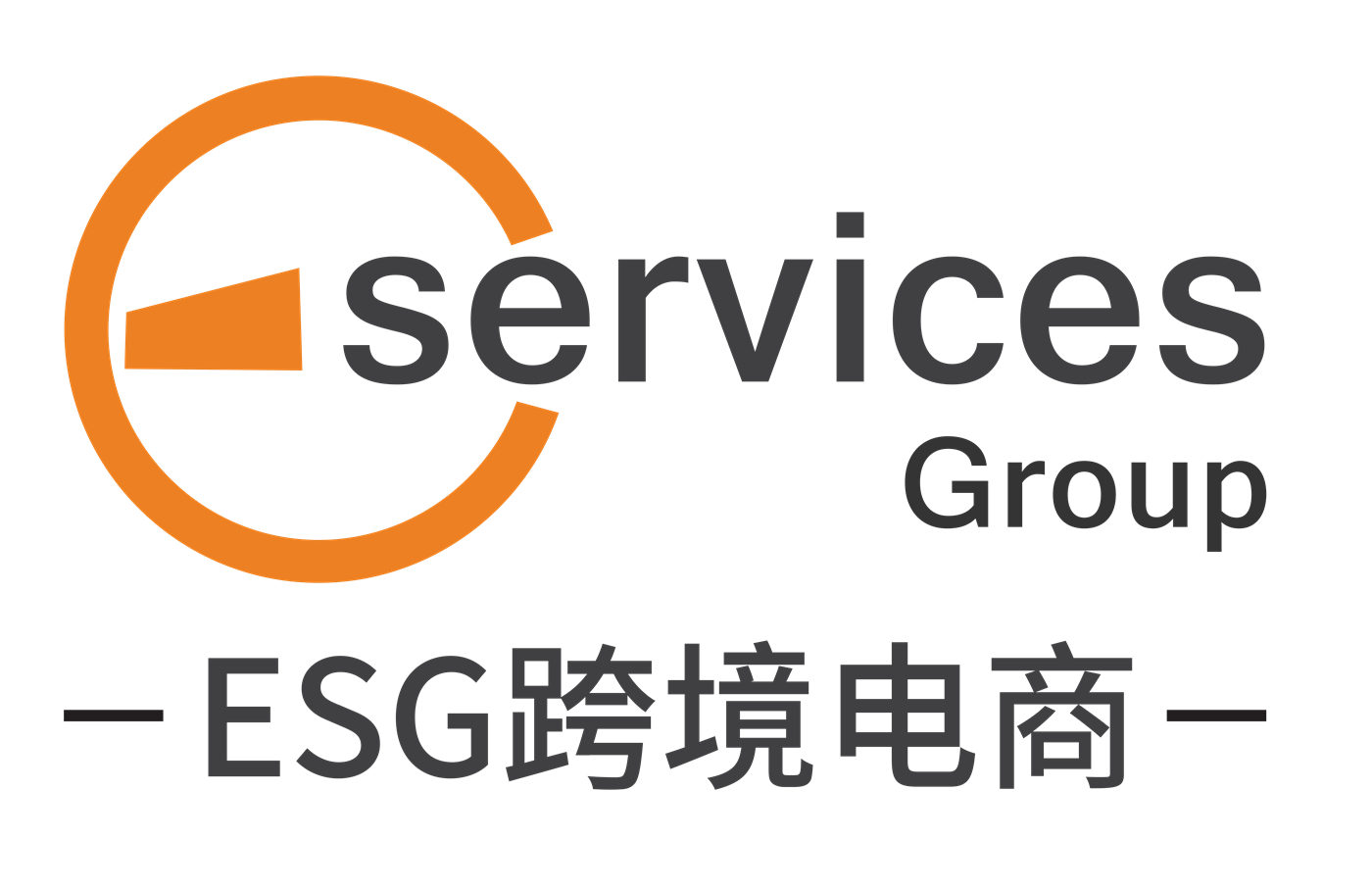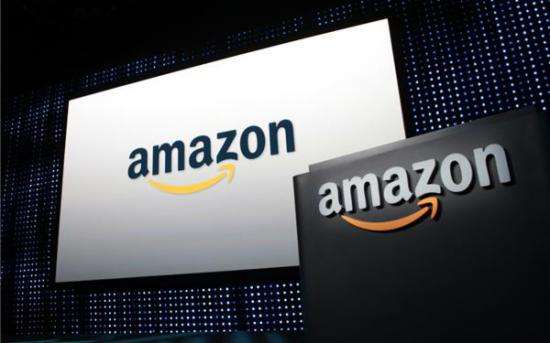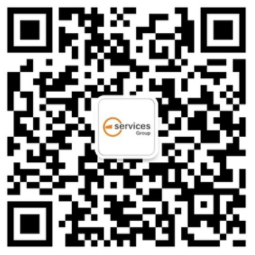亚马逊墨西哥开店,需要注意哪些税务和法规问题?(下)
如果您将库存进口到墨西哥,则必须支付目的国关税、税费和清关费用,然后才能在 Amazon.com.mx 上将商品销售给买家或储存在墨西哥的亚马逊运营中心。
以海关登记进口商身份销售商品
如果您将库存进口到墨西哥,则必须支付目的国关税、税费和清关费用,然后才能在 Amazon.com.mx 上将商品销售给买家或储存在墨西哥的中心。
进口商注册
卖家接下来的步骤通常取决于他们是否是墨西哥的税务居民。
居民
卖家作为他们自己的货件的海关登记进口商必须有一个税号(墨西哥纳税登记号或“RFC”),并且必须通常为缴纳所得税的墨西哥居民。居民进口商必须在财政和公共信贷秘书处 (Hacienda) 的进口商注册处 (Padrón de Importadores) 注册和记录。某些商品可能需要额外的注册才能进口。卖家应当咨询墨西哥的报关行和/或法律顾问,确定合适其业务的解决方案。
对于美国和其他司法管辖区的卖家,也可在美国找到其他司法管辖区的指南。美国商务部的墨西哥营商环境页面。
非居民
大部分非居民在进口商品到墨西哥时有三个选项:(i) 将最终买家列为海关登记进口商(如果合适),(ii) 雇用经授权可以进口商品到墨西哥的第三方机构,或 (iii) 在税务部门前成立和注册一家墨西哥当地实体作为进口商。无论是哪种情况,作为进口商的一方都必须有一个 RFC。因为每种情况不一样,卖家应当咨询报关行和/或法律顾问,确定最合适其业务的解决方案。
正如上文所提到的那样,亚马逊及其运营中心不会充当任何亚马逊物流库存货件的海关登记进口商。
清关
必须提供“pedimento de importación”(进口报关文件)才能完成清关。通常由承运人或报关行代表进口商提供这些文件。进口报关通常包括税费和政府收费的相关信息,例如预审费用、海关手续费、反补贴税、增值税和进口或出口关税。
提交进口报关时需要以下文件:
商业发票: 发票证明销售是从出口国到进口国。因此,发票对于确定商品的成交价格至关重要。墨西哥海关明确规定报关时必须包含发票。国外卖家或发货人必须认真准备发票。
要求的信息可能有所不同,但是可能包括:
发票开具地点
发票开具日期
发票号码
卖家名称
卖家的完整邮寄地址
进口商名称
进口商的完整邮寄地址(非邮政信箱)
商品的详细描述(包括等级或质量;避免使用代码)
重量和尺寸
单价
发票总额(以及此类金额的货币)
原产国/原产地
商业术语(如 CIF - 到岸价格或 FOB - 离岸价格)
卖家的纳税识别号
每件商品或包裹的识别号,如序列号、零件号和款式编号
我们建议您联系您的报关行或法律顾问,了解您的商品应当包含哪些信息。
根据墨西哥的法律和法规,可以接受西班牙语、英语和法语的发票。其他语言的发票必须在原发票或随附信件中翻译成西班牙语。
运输单据: 由运输公司背书的提货单同样要附在海关报关文件中。这些单据一般用于证明商品进入关税区的日期。
证书、许可证和许可: 如果您的任何一件商品受到进口管制,则文件中必须包含相应的证书、许可证和许可。
根据情况,可能需要某些其他文件。这些文件可能包括:原产地证明(例如,适用优惠关税或反补贴税的情况);证明其他适用关税(对于被低估价值的商品)的支付担保的文件;安全/标准合规性(如适用)的非关税规定和证书;以及序列号、零件号、品牌、款式编号或其他在识别商品时可能需要的信息。有关更多信息,请咨询您的报关行或法律顾问。
所有进入墨西哥的货件都应当有一个追踪编码。
关税和税费
进口到墨西哥的商品必须标示有适当的 8 位墨西哥关税分类编号。这将决定关税的税率并建立任何适用的非关税壁垒。
有关墨西哥关税表的信息,请访问 Sistema Integral de Información de Comercio Exterior 网站(仅提供西班牙语版本)或咨询您的报关行、承运人或法律顾问。
可能适用的其他税费和附加费包括:
增值税 (IVA): 海关对进口到墨西哥的货物征收;
特殊税 (IEPS): 适用于某些进口商品(如酒类饮料),税率的浮动范围可能为 25% 到 160%;
海关手续费 (DTA);以及
预审费 (prevalidación): 由墨西哥海关征收的费用(有时由海关雇用的私人公司征收),与进口报关中信息的验证相关,预审之后报关文件才会提交给海关。
在结帐时给买家的报价应当包含所有税费和关税。买家没有义务在订单配送或清关时支付任何其他关税和税费。
远程配送(买家作为 IOR)
如果您通过远程配送在墨西哥销售商品,则无需支付任何进口关税,因为买家是海关登记进口商。将配送您的商品并向买家,并代表买家支付目的国关税、税费和清关费用。
不得通过远程配送进口液体、凝胶、粉末、胶囊、药丸或任何其他无法证实其性质、成分或实质的商品。
商品售出后,亚马逊会向您提供商城费用的发票。亚马逊提供的这项服务将包含 16% 的增值税。
Selling products as the IOR
If you import your inventory into Mexico, you must pay destination duties, taxes, and customs-clearance fees before your product can be sold to customers on Amazon.com.mx or stored in a fulfillment center in Mexico.
Importer registration
Sellers' next steps generally depend on whether or not they're residents of Mexico for tax purposes.
Residents
Sellers acting as importer of record on their own shipments must have a tax number (Registro Federal de Contribuyentes or "RFC") and must generally be residents of Mexico for income-tax purposes. Resident importers must be registered and listed on the Importers' Registry (Padrón de Importadores) of the Secretariat of Finance and Public Credit (Hacienda). Certain products may require additional registrations for import. Sellers should consult a customs broker, legal adviser, or both in Mexico to identify the appropriate solution for their business.
Additional guidance that may be helpful for sellers in the U.S. and other jurisdictions can be found on the U.S. Department of Commerce’s Doing business in Mexico page.
Nonresidents
Most nonresidents have three options for importing goods into Mexico: (i) listing the end customer (where appropriate) as the importer of record, (ii) engaging a third party authorized to import into Mexico, or (iii) incorporating and registering before tax authorities a local Mexican entity to act as the importer. In each case, the party acting as the importer must have an RFC. Because each situation is different, sellers should consult with a customs broker, legal adviser, or both to identify a solution most appropriate to their business.
As noted above, Amazon and its fulfillment centers will not serve as the importer of record for any shipment of FBA inventory.
Customs clearance
A "pedimento de importación" (import declaration) must be filed to obtain customs clearance. A carrier or customs broker often files this on the importer's behalf. The pedimento generally includes information on taxes and governmental fees, such as prescreening fees, customs processing fees, countervailing duties, value-added tax, and import or export duties.
The following documents are required for filing the pedimento:
Commercial invoice: The invoice documents the sale for export to the country of importation. Thus, the invoice is essential to determine the transaction value of the goods. Mexican customs regulations are detailed concerning the information that the invoice must contain. Foreign sellers or shippers must exercise care in preparing invoices.
Required information varies but may include:
Place where the invoice was issued
Date on which the invoice was issued
Invoice number
Seller's name
Seller's full mailing address
Importer's name
Importer's full mailing address (no P.O. box)
Detailed description of the goods (including grade or quality; avoid using codes)
Quantities in weights and measures
Unit prices
Total value of the invoice (and currency of such amount)
Country of origin
Commercial terms (e.g., CIF or FOB)
Seller's tax-identification number
Identification numbers—such as serial, part, and model numbers—of each good or package
We suggest you contact your customs broker or legal adviser to understand what information should be included for your products.
The invoice is accepted in Spanish, English, and French, in accordance with Mexican law and regulations. Invoices in any other language must be translated into Spanish within the same invoice or in a letter attached to it.
Transportation documents: The bill of lading, endorsed by the transport company, is also attached to the customs declaration. These documents normally prove the date on which the goods entered the customs territory.
Certificates, licenses and permits: If any of the goods are subject to import controls, the appropriate certificates, licenses and permits must be included with the documentation.
Depending on the circumstances, certain additional documents may be required. These can include: proof of origin (for example, if preferential duties or countervailing duties apply); document(s) demonstrating guarantee of payment of additional applicable duties (for undervalued goods); nontariff regulations and certificates of safety/standards compliance (if applicable); and serial numbers, part numbers, brand, model numbers, or other information that may be needed to identify the goods. For more information, check with your customs broker or legal adviser.
All shipments entering Mexico should have a tracking number.
Duties and taxes
Merchandise imported into Mexico must be identified with the proper, eight-digit Mexican tariff classification number. This will determine the duty rate and establish any applicable nontariff barriers.
For information on Mexico's tariff schedule see the Sistema Integral de Información de Comercio Exterior website (Spanish language only) or consult with your customs broker, carrier, or legal adviser.
Additional taxes and surcharges may apply, including:
Value-added tax (IVA): Customs authorities collect a value-added tax () upon entry of the goods into Mexico;
Special tax (IEPS): Applies to imports of certain products (e.g., alcoholic beverages) and can range from 25% to 160%;
Customs processing fee (DTA); and
Prescreening fee (prevalidación): Fee charged by Mexican customs (or sometimes by prie companies that customs engages) in connection with validation of the information in pedimentos before submission to customs.
The price quoted to the customer at checkout should include all taxes and duties. The customer should not be obligated to pay any additional duties or taxes at the time of the delivery of the order or at customs clearance.
Remote Fulfillment with FBA (customer as IOR)
If you sell products in Mexico through Remote Fulfillment with FBA, you aren’t required to pay any import duties, because the customer is the IOR. Amazon will fulfill your products and collect from the customer, paying the destination duties, taxes, and customs-clearance fees on the customer’s behalf.
Liquids, gels, powders, capsules, pills, or any other product whose nature, composition, or essence is not verifiable by sight cannot be imported through the Remote Fulfillment.
Amazon will give you an invoice for the marketplace fee once your product is sold. It will include the 16% VAT for this Amazon-provided service.
特别声明:以上文章内容仅代表作者本人观点,不代表ESG跨境电商观点或立场。如有关于作品内容、版权或其它问题请于作品发表后的30日内与ESG跨境电商联系。
二维码加载中...
使用微信扫一扫登录
使用账号密码登录
平台顾问
微信扫一扫
马上联系在线顾问
小程序

ESG跨境小程序
手机入驻更便捷
返回顶部










 市场合作:shichangbu@eservicesgroup.com
市场合作:shichangbu@eservicesgroup.com





